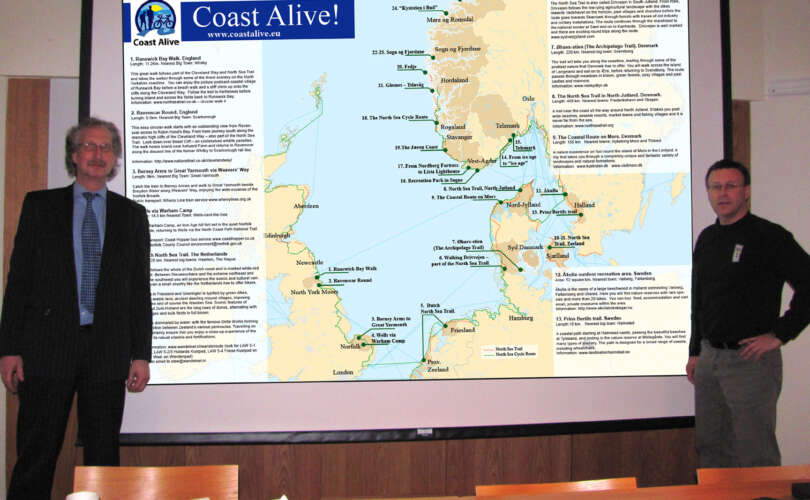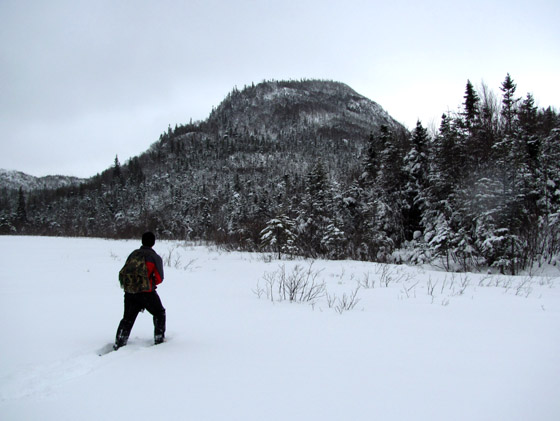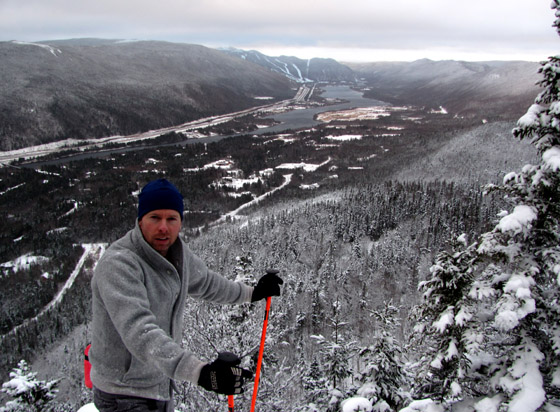According to the website www.howmanyofme.com, there are 7,505 Richard Andersons in the United States. But to people familiar with Maine’s environmental history, there is only one.
Revisit any of the milestones in Maine’s journey from the polluted waters and scarred lands of 50 years ago to the clean, green vistas of today, and you’ll find Dick Anderson’s footprints.
He made his national debut in the 1960s when he discovered that the pesticide DDT was killing larval salmon in Sebago Lake. He had his hand in the passage of Maine’s bottle bill, in starting the Scarborough Marsh Nature Center (from a clam shack), in bringing biomass energy to Maine, and in writing the legislation for the first Land for Maine’s Future bond issue. In 1994, Anderson got the idea to extend the Appalachian Trail into Canada. The International Appalachian Trail has since hopped the Atlantic and now weaves through Western Europe and will soon reach North Africa.
Dick Anderson cares deeply about being ecologically correct, but is not always politically correct, even in environmental circles. He had the audacity to help a group of businessmen create condominiums outside of Baxter State Park, is an enthusiastic supporter of the bottled water industry, and won’t eat fish unless it comes from a farm. As conservation commissioner during the Brennan administration, he ruffled feathers when he took 200 cars away from state employees, sold most of them, and created a vehicle rental program for use while on state business. He also helped devise the…







